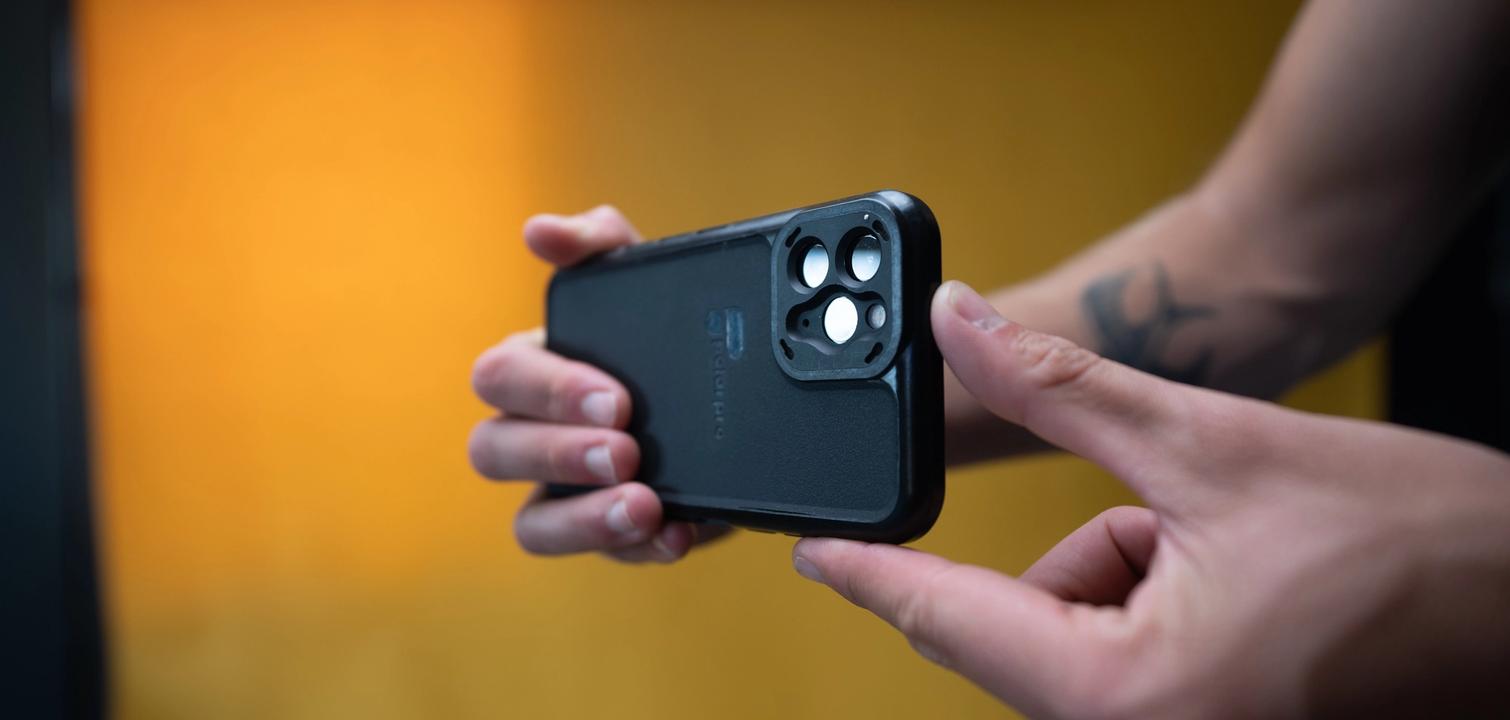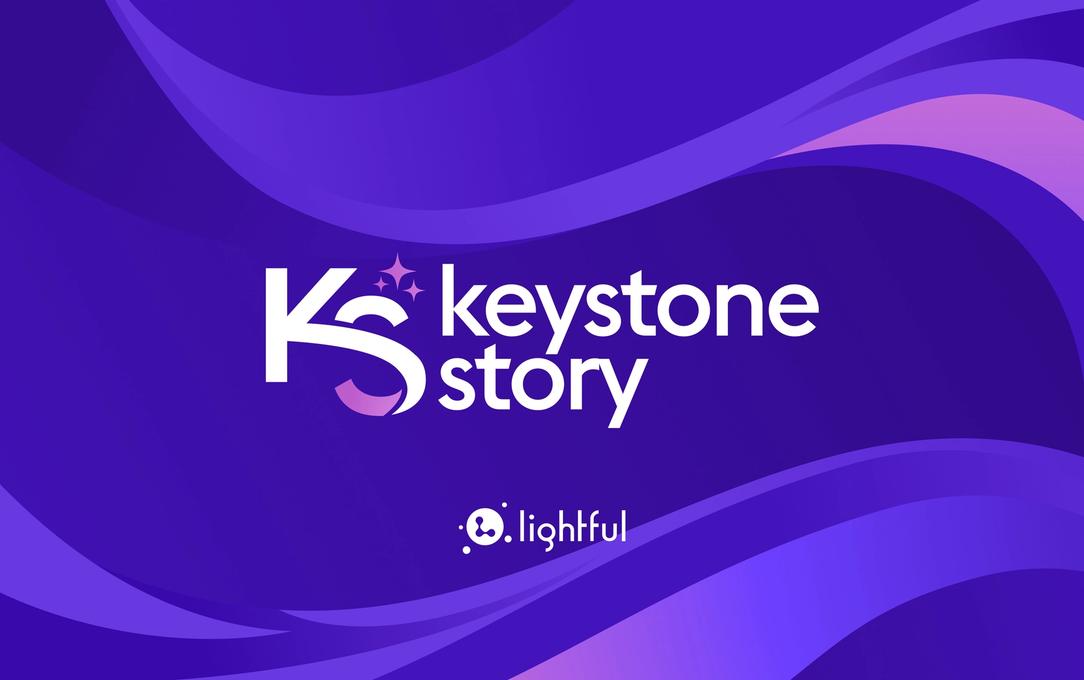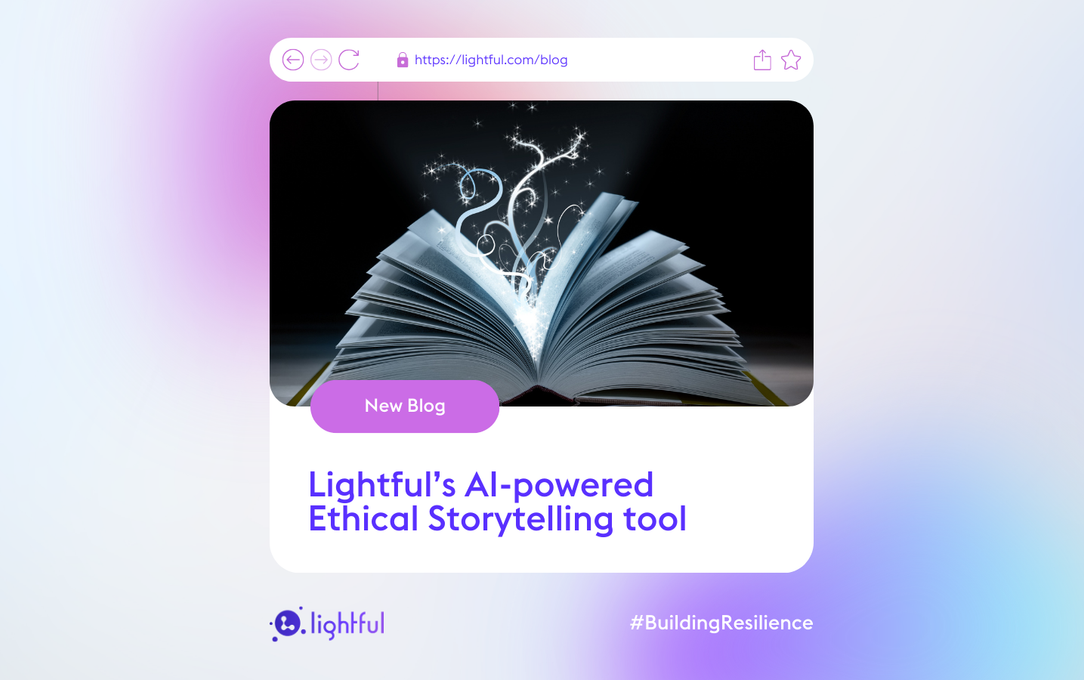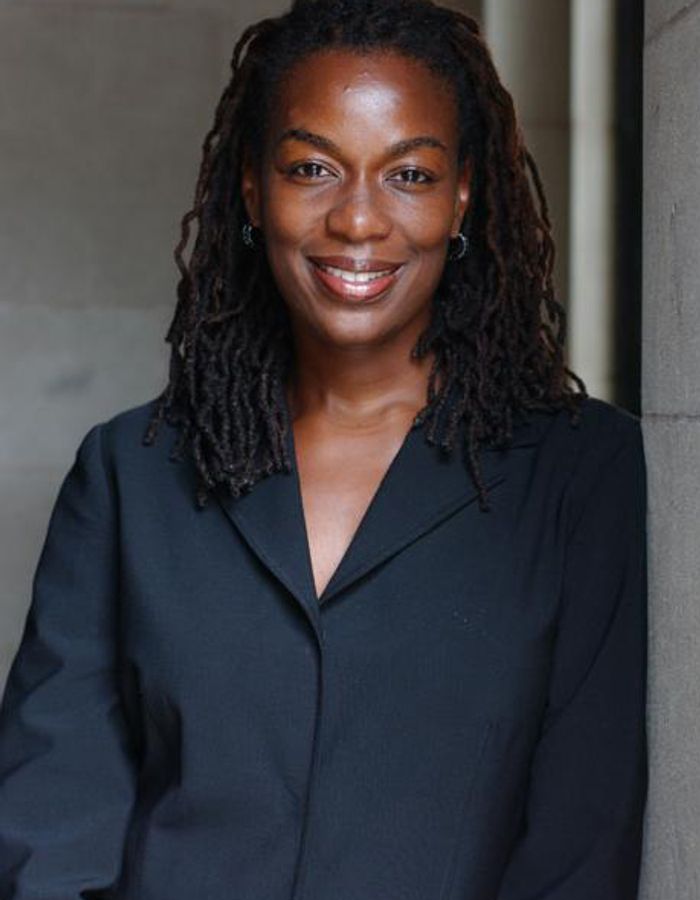The power of video storytelling for small nonprofits

All nonprofit organisations have powerful stories to tell. However, many of them struggle to use their voice creatively to share their stories through videos.
Small nonprofit organisations are juggling between vital day-to-day activities and finding time to get their message out there through digital storytelling. Despite the challenges, there is still a strong desire to invest in video production to maximise the impact of their visual communications.
One particularly innovative funder, IKI Small Grants, is all about supporting their grantees with the skills they need the most to advance their digital communications and tell better stories. They surveyed their grantees and found out that one of the areas where grantees need the most help is video production.
We’ve partnered with the International Climate Initiative (IKI) and their Small Grants programme to support their grantees with a series of webinars on video production and storytelling for nonprofits that tackle climate change, address local adaptation, and conserve forests and biodiversity.
In this blog, we are looking at video storytelling, how it works for nonprofits, how small organisations can turn their challenges into opportunities, and how programme managers can support their grantees.
Telling better stories with video
If an image is worth a thousand words, a video is worth a million.
It is estimated that there will be 3.5 billion people watching videos at least once a month in 2023. A video makes it easier to share a complex story in a more engaging way.
Video storytelling can help nonprofits share impactful and memorable stories to inspire their community.
Experts from the Lightful Learning team share four ways a video can help nonprofit campaigns stand out.
- It evokes emotions. People remember what they feel. This is the key to a successful story in nonprofit campaigns. Tapping into the right emotions can make people connect with a cause, which increases the chances of driving donations or boosting engagement.
- It makes the story relatable. 83% of human learning is visual. Videos allow nonprofits to tell a story in a more authentic way. Real human stories help an organisation connect with their supporters at a more personal level. For example, sharing a video with a young activist talking about the need to protect biodiversity can have a bigger impact than a long-form blog about the same topic. The difference is in the way people consume information and how videos help them understand a story.
- It inspires action. A successful nonprofit campaign should inspire and inform people. The use of emotions can make it easier for organisations to build a relationship with their key audiences while a call-to-action in a video tells people what they need to do next. If the video is part of a fundraising campaign, the call-to-action may lead to a donation page. If an organisation is running an awareness campaign to promote their work, they can have a call-to-action for people to follow them on social media, and share on their own channels.
- It creates a memorable and shareable experience. Videos can make a nonprofit campaign memorable. They can visualise the message in such a way that people want to find out more about the campaign. For example, a good way for an organisation to make a campaign stand out is to create a powerful video that makes the sharing of the content feel effortless. The message should be simple and clear and the video content can encourage people to share the video or join the campaign.
3 challenges of video creation
There are many misconceptions about video production that can deter small nonprofits from creating more videos. In reality, many of the perceived challenges can be great opportunities for small nonprofits.
Here are three common challenges and how they can turn into opportunities.
Challenge #1 - Lack of skills
Many small nonprofit organisations feel that video content requires a set of skills that they don’t necessarily have. This prevents many of them from creating more videos as part of their campaigns.
The best way to address this challenge is to help nonprofits feel more confident in their video storytelling skills.
There are many online training courses, webinars or even tutorials to help an organisation get started.
They can also find inspiration from other organisations to understand the best practices of video creation and explore ideas they can use in their own campaigns.
For example, looking at a number of Facebook videos shared by nonprofits, they can find out more about the average length of a Facebook video or how to include a call-to-action.
They can even run experiments on their own to discover what works best for their key audiences.
Challenge #2 - Lack of time
A common challenge for many small nonprofits is the limited time to focus on the process of content creation. It’s one thing for them to know that videos make stories more powerful but they may still struggle with finding the time to create a new video.
In this case, we recommend they use tools that simplify video production.
Here are some free video editing tools they can use:
Many of them also have a library of resources to get organisations ready to create their first videos.
Challenge #3 - Lack of content
We hear from time to time from nonprofits we are working with that they don’t have enough content to create a video.
In this case, we are helping them discover new content opportunities through their work. For example, they can ask their volunteers to talk for a video that will highlight their dedication to the organisation’s mission.
Or an organisation can create an image compilation to create a video that tells a bigger story about their work.
For many nonprofits, content creation starts with their existing stories. All they need is the inspiration to use the content creatively.
Examples of videos that tell powerful stories
Here are three video examples from nonprofits of all sizes and what organisations can learn from each one of them.
Example 1 - Greenpeace
Greenpeace created this video to raise awareness for ocean preservation. The video is short but it manages to convey the message through powerful words and imagery. The sound is linking breath to the oceans to make it relatable to everyone. The last moments include a call to action to ensure that viewers can visit their website to find out more about their campaign.
➡️ What nonprofits can learn from it: Videos need a simple script even if it doesn’t include lots (or any) dialogue. The use of images combined with text should tell a clear story. It’s useful for nonprofits to think about what they want viewers to feel after watching their videos.
Example 2 - Rainforest Alliance
This video from Rainforest Alliance appeals to the thoughts and feelings of many people to be relatable. It puts us in the character’s shoes and uses humour to capture the viewer’s attention. In the end, there is a simple call to action on how someone can save the rainforest to link the video to the cause.
➡️ What nonprofits can learn from it: Who said a nonprofit video can’t have a humorous element for a serious cause? Tapping into emotions can help supporters feel closer to the cause.
Example 3 - Blackthorn Trust
Blackthorn Trust created a video to share their charity’s impact. In a 4-minute video, they created a narrative to present their work and how they help people recover through nurture, healing, and growth. This is a nice way to tell a story with the use of visual content.
The video is all about the narrative and the editing to make sure that there is a good transition from one clip to the next.
➡️ What nonprofits can learn from it: Video creation shouldn’t be scary and this video is an example of how nonprofits can tell their own stories in a more visual way.
Helping organisations improve their video creation skills
As part of our webinars in partnership with IKI Small Grants, we encouraged participating organisations to share the videos they recently created. During the session, we reviewed the videos and encouraged all organisations to exchange ideas and find inspiration for future videos.
Example 1 - Reef Check Malaysia
Reef Check Malaysia created a short video for social media to promote their Giving Tuesday campaign. They used Canva to create the video and they found the process very simple.
Our Learning team found the video to have a good structure, bringing to life their work and having a clear call to action. The uplifting music is also helping viewers feel inspired while the messaging ensures that everyone understands that they are talking about their upcoming Giving Tuesday campaign.
➡️ What nonprofits can learn from it: Video creation shouldn’t take too much time. Short videos can be very effective for social media and luckily, there are many free tools for video editing.
Example 2 - Volunteers for Sustainable Development in Africa
Volunteers for Sustainable Development in Africa created a video for their marketing campaign ‘Will Liberia Ever Learn” to draw attention to the problems that degrade the local environment. There are many powerful images in the video and lots of information providing a good introduction to the issue. Our team suggested they improve the video by editing it into smaller clips so that they use it for different platforms to focus on one message at a time to keep the viewers engaged.
➡️ What nonprofits can learn from it: A video’s message should be clear and easy to understand. It’s useful for nonprofits to focus on one issue at a time to make it easier to link to one call to action.
Example 3 - The Heart of Nusumetu Ecotourism
The Heart of Nusumetu Ecotourism created a video to promote their eco-tour along with beautiful images about the nature and culture of Tanna in Vanuatu.
In under four minutes, the video uses the great scenery to appeal to new visitors. The second part of the video involves narration to go beyond the beautiful images and share a glimpse of the culture and history. Our team suggested during the live session that they involve the call to action earlier in the video so that the viewers know what they need to do next.
➡️ What nonprofits can learn from it: A successful video can include both powerful images and an engaging narration to tell a story and help viewers connect with the mission. Captions can also help in making a video more accessible to everyone.
How grantmakers & programme managers can support organisations
It’s useful for grantmakers and programme managers to understand what their grantees need so that they can provide the best support.
When it comes to video storytelling, here are three ways they can support nonprofits.
Listen to your grantees
GIZ and IKI Small Grants have highlighted the importance of listening to your grantees to provide targeted support. A survey can help grantmakers understand what organisations need and how they can help them in future-proofing their mission.
Help them access training resources
Many organisations don’t have confidence in their ability to create video content. Grantmakers can support them in accessing the training resources that will help them become more confident at telling better stories.
Support can be in the form of capacity building or helping grantees access the resources they need to improve their video storytelling skills.
Inspire grantees to share their stories
Grantmakers can also help organisations connect with the right people to exchange ideas and explore opportunities to tell their stories to a wider network. It all starts with giving them the space to be creative and rewarding them for dedicating time to improve their storytelling skills with more engaging formats.

Did you find this article useful? Sign up for our newsletter and stay up-to-date with blogs, articles, and events in the nonprofit and philanthropy space.
Latest articles

Over the past year, Lightful and the International Confederation of Midwives (ICM) have supported Midwives Associations across Africa, South Asia and the Eastern Mediterranean to build their digital confidence through our BRIDGE programme. These organisations were starting from very different places, but all shared the same goal: to use digital tools to strengthen their voice, raise their visibility and advocate for better outcomes for women and babies.
Related posts

AI and beyond… meeting the moment with The BRIDGE Collective

At Lightful, we believe that telling a compelling story is at the heart of every successful nonprofit. But beyond just capturing attention, it’s essential to tell these stories ethically, upholding the dignity and consent of the individuals whose stories are being shared. That's why we've developed our Ethical Storytelling tool, designed to help nonprofits communicate their mission while respecting and empowering the people they serve.
See who we help
Contact us
Want to learn more?
Email Jonathan and start a conversation






